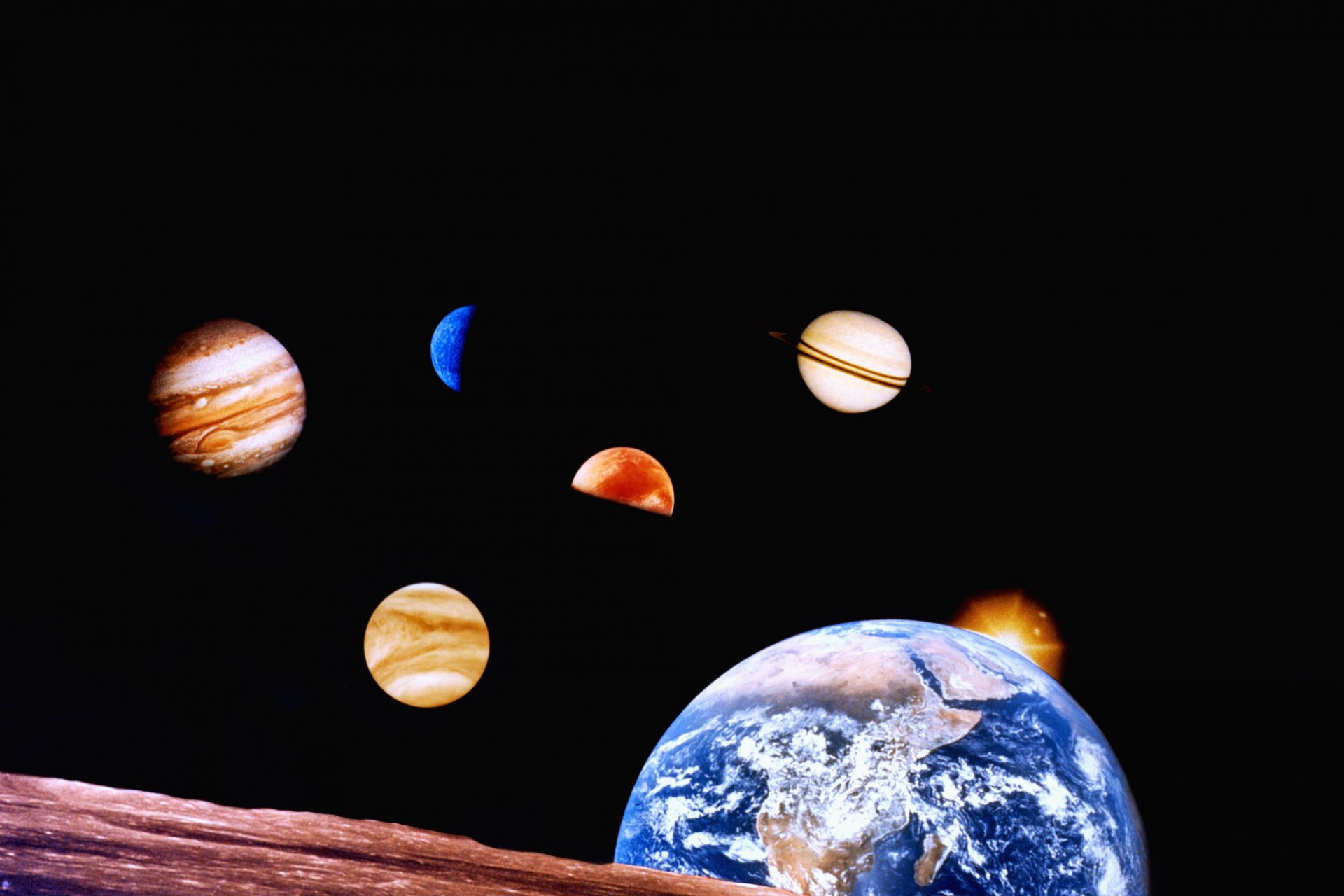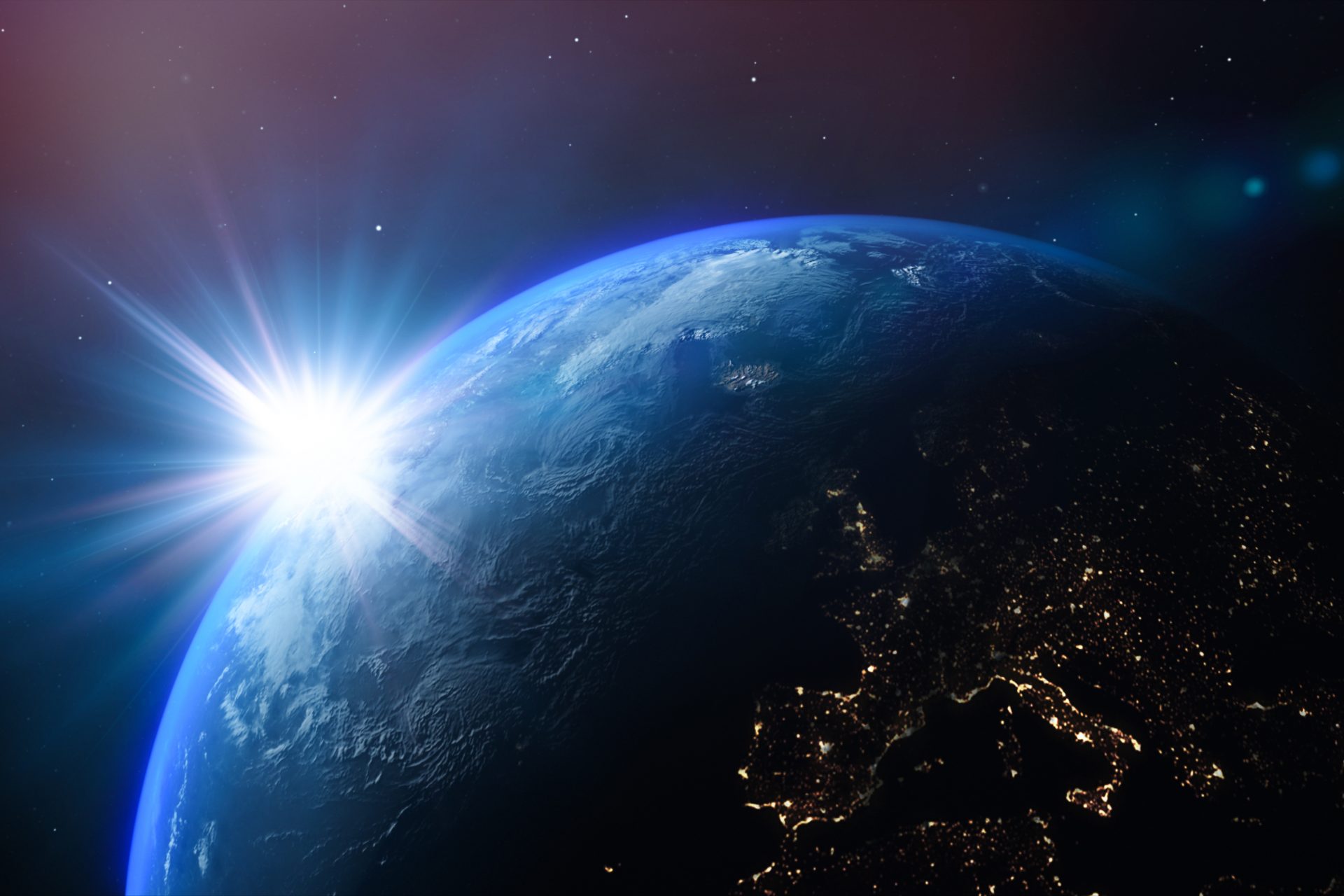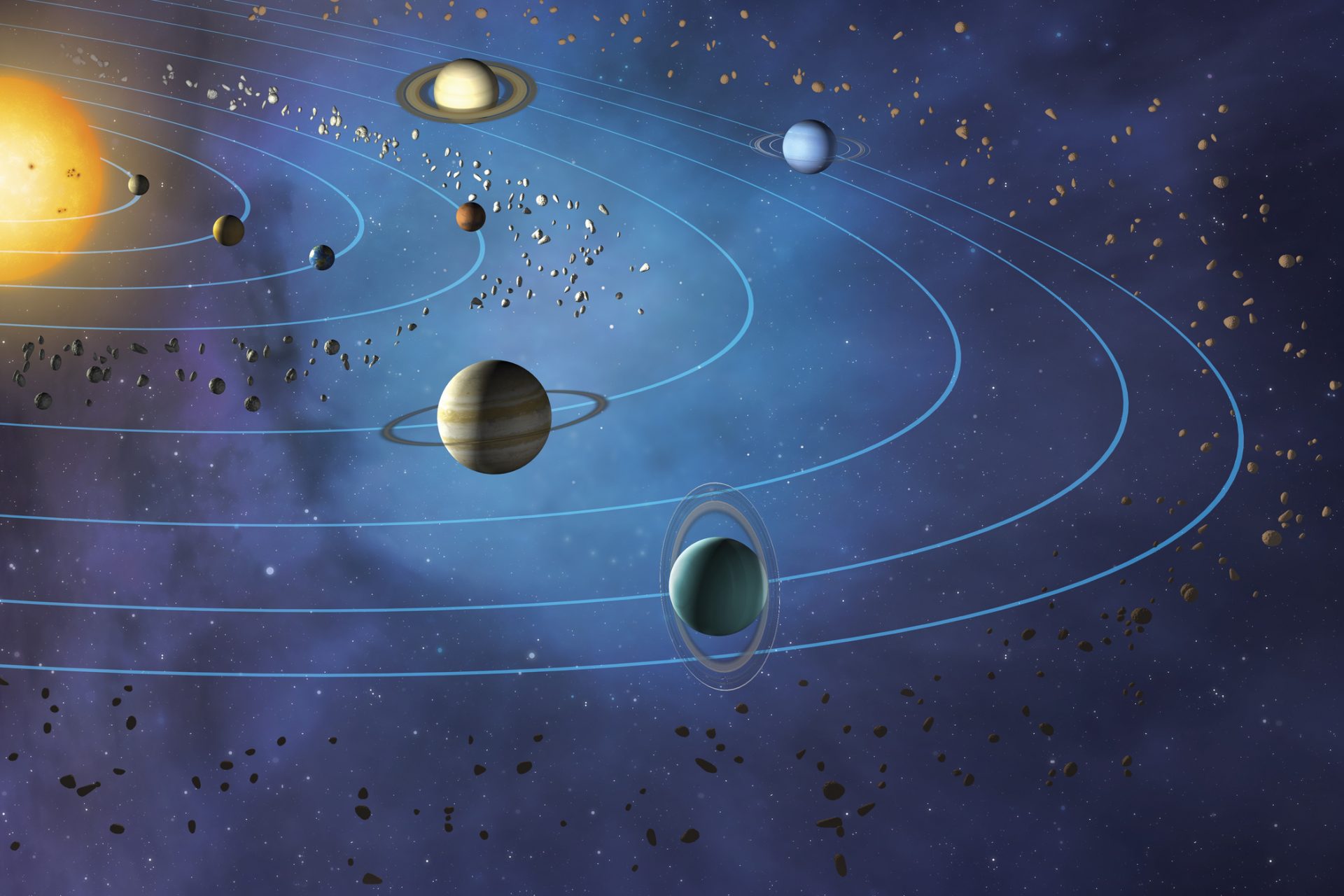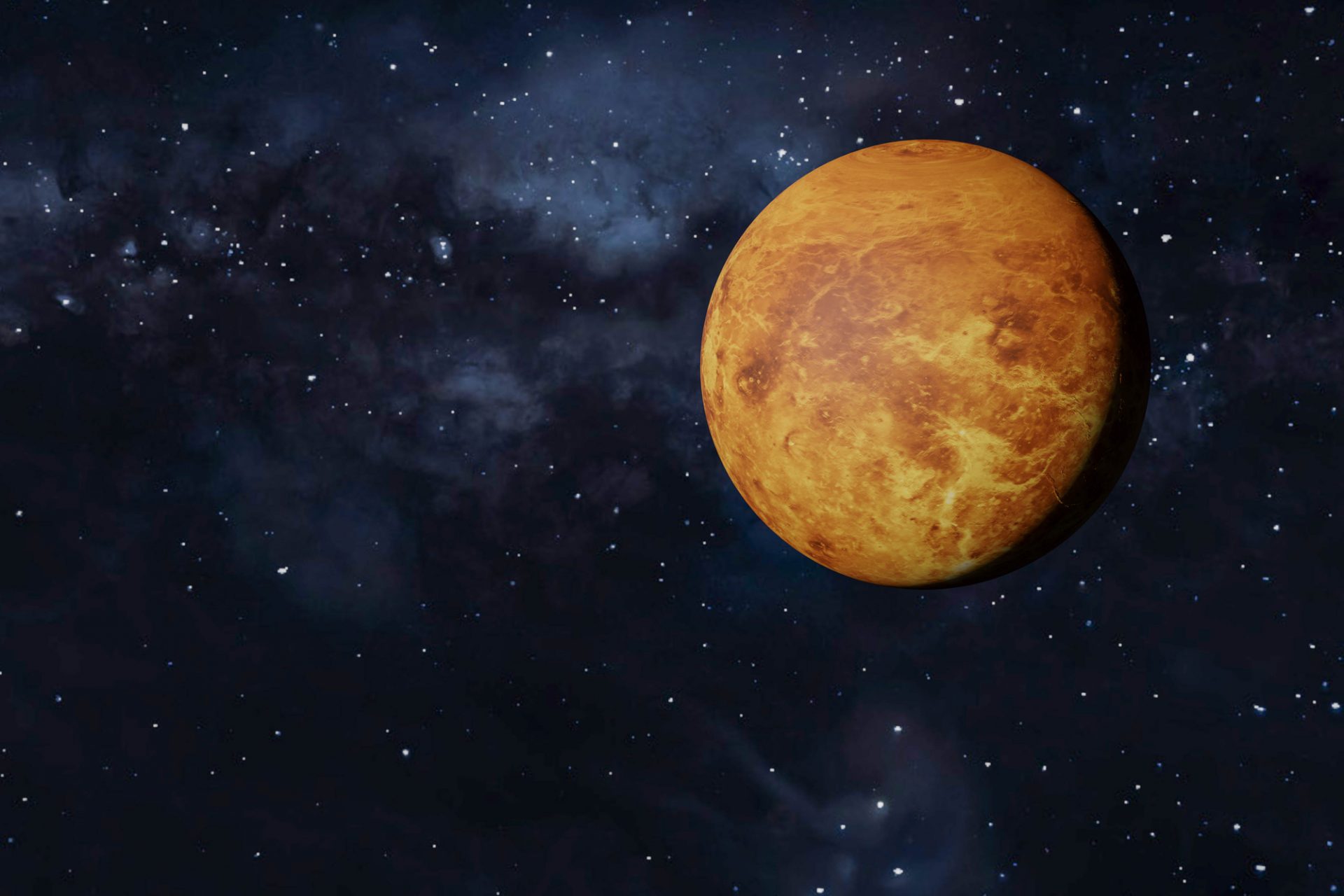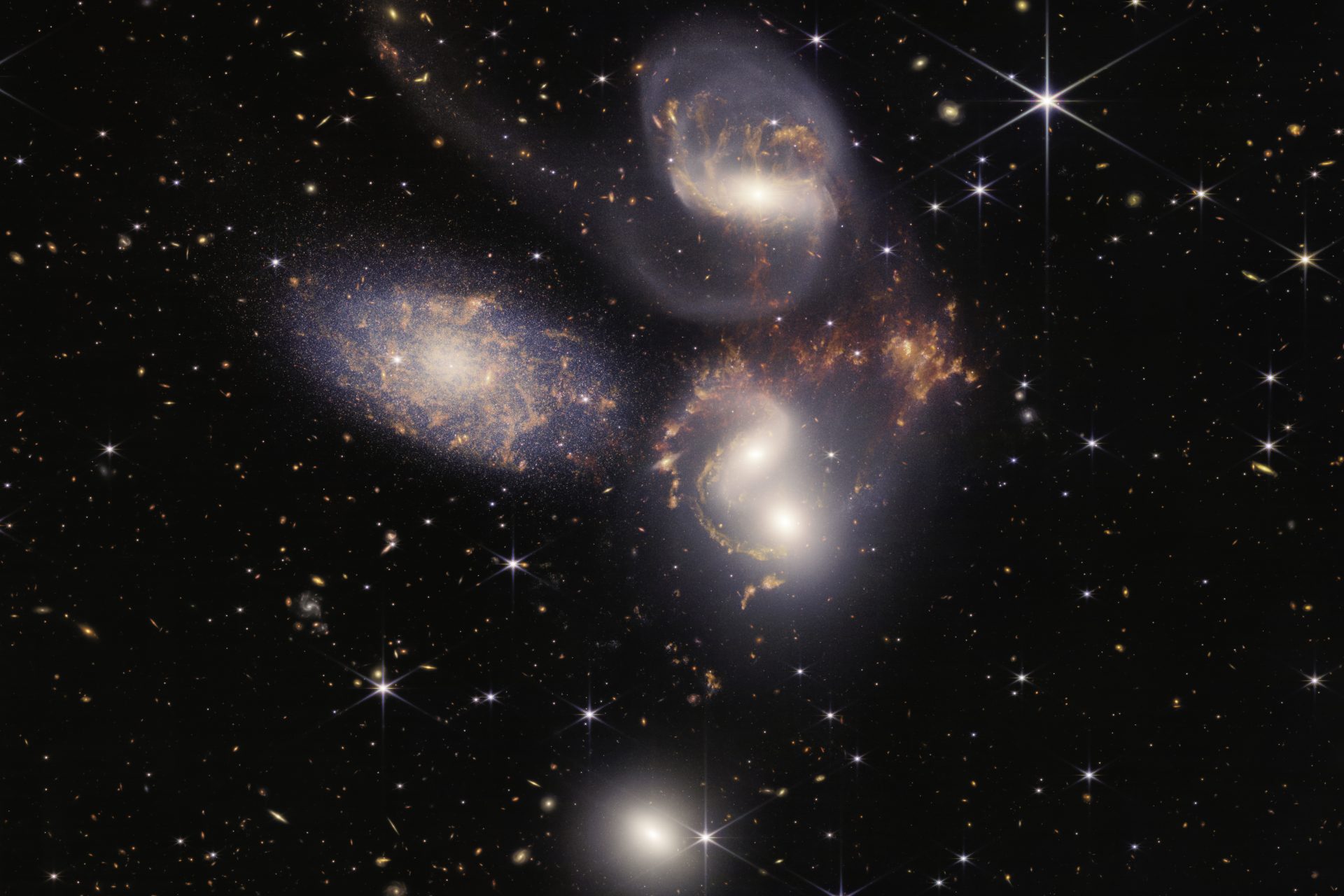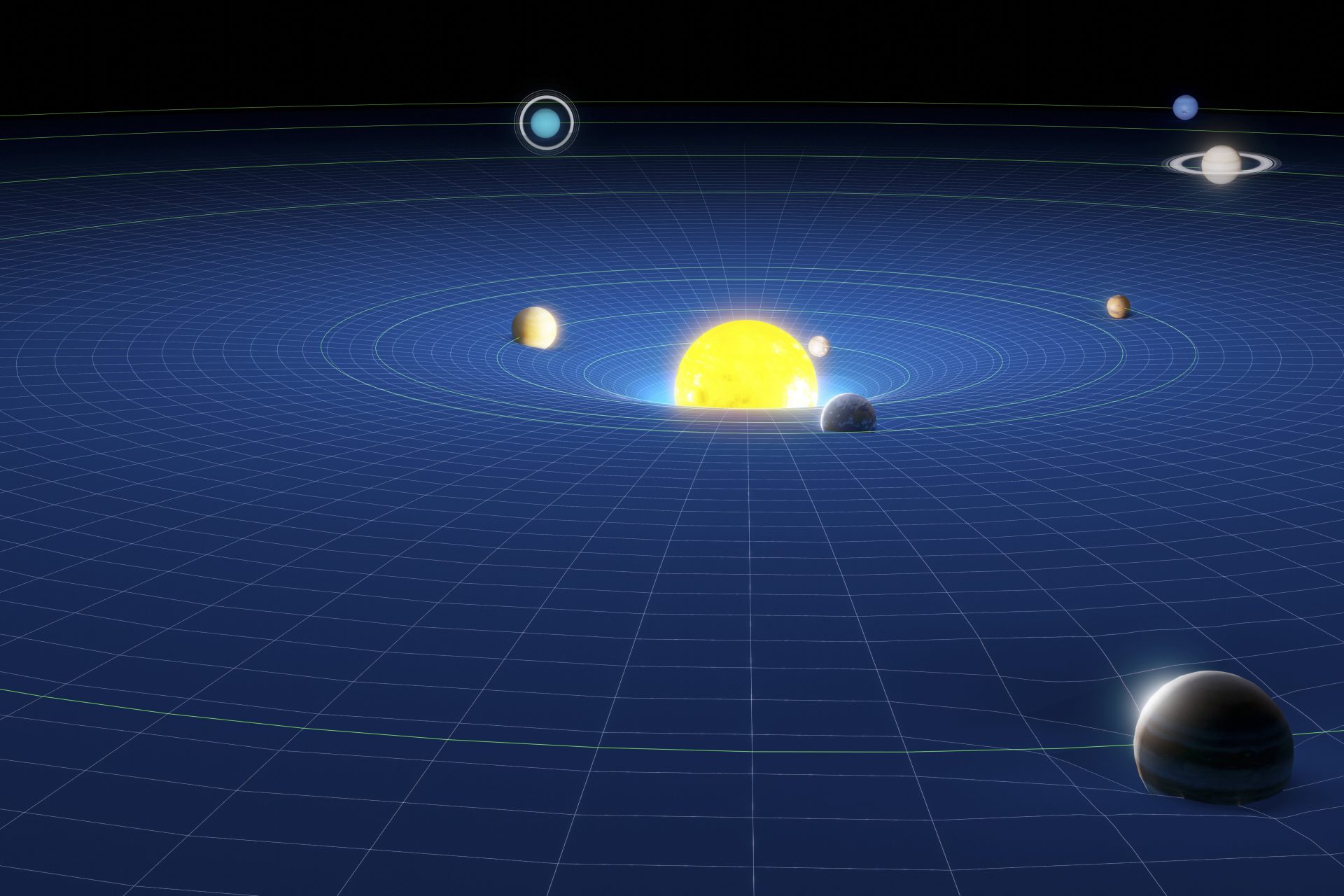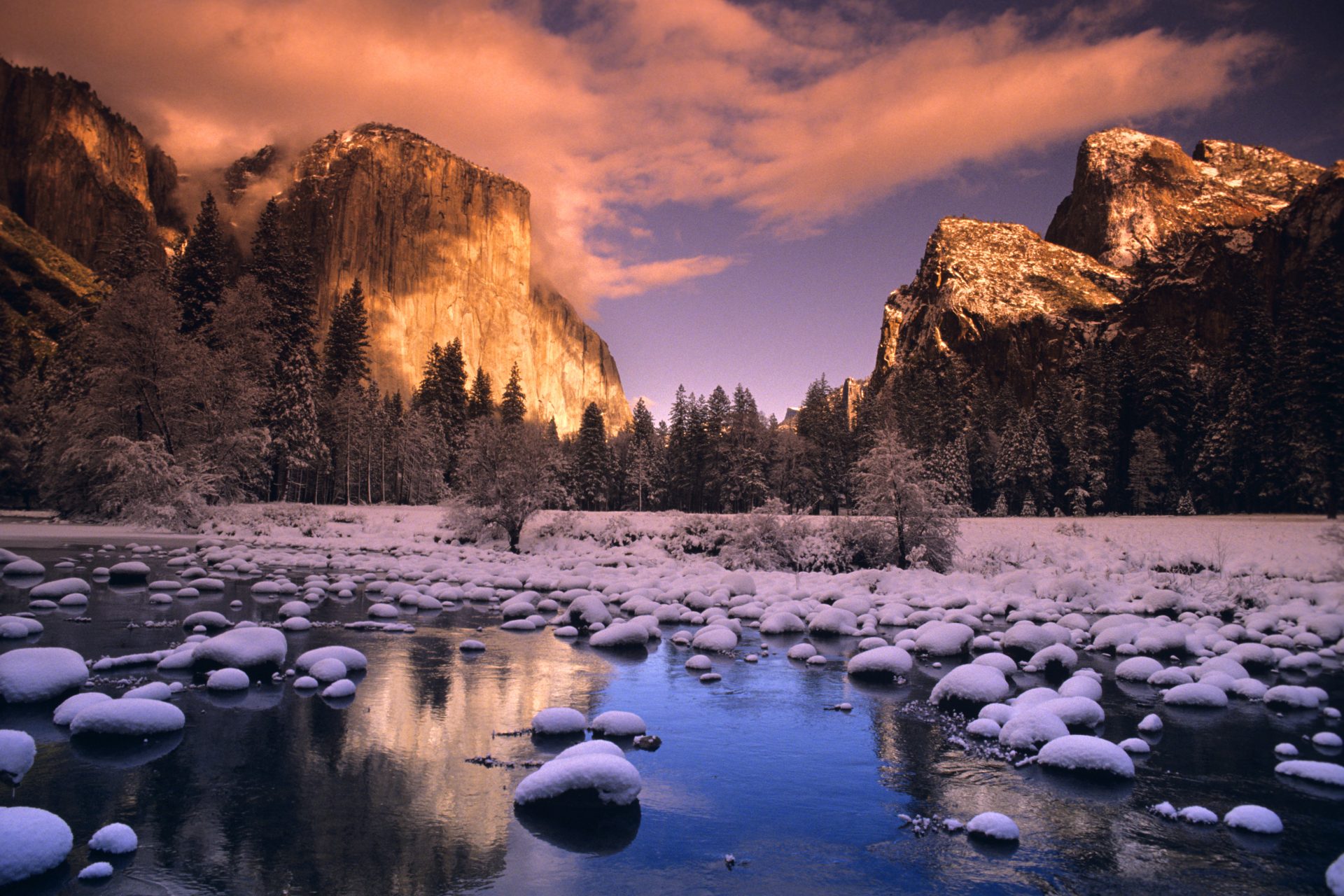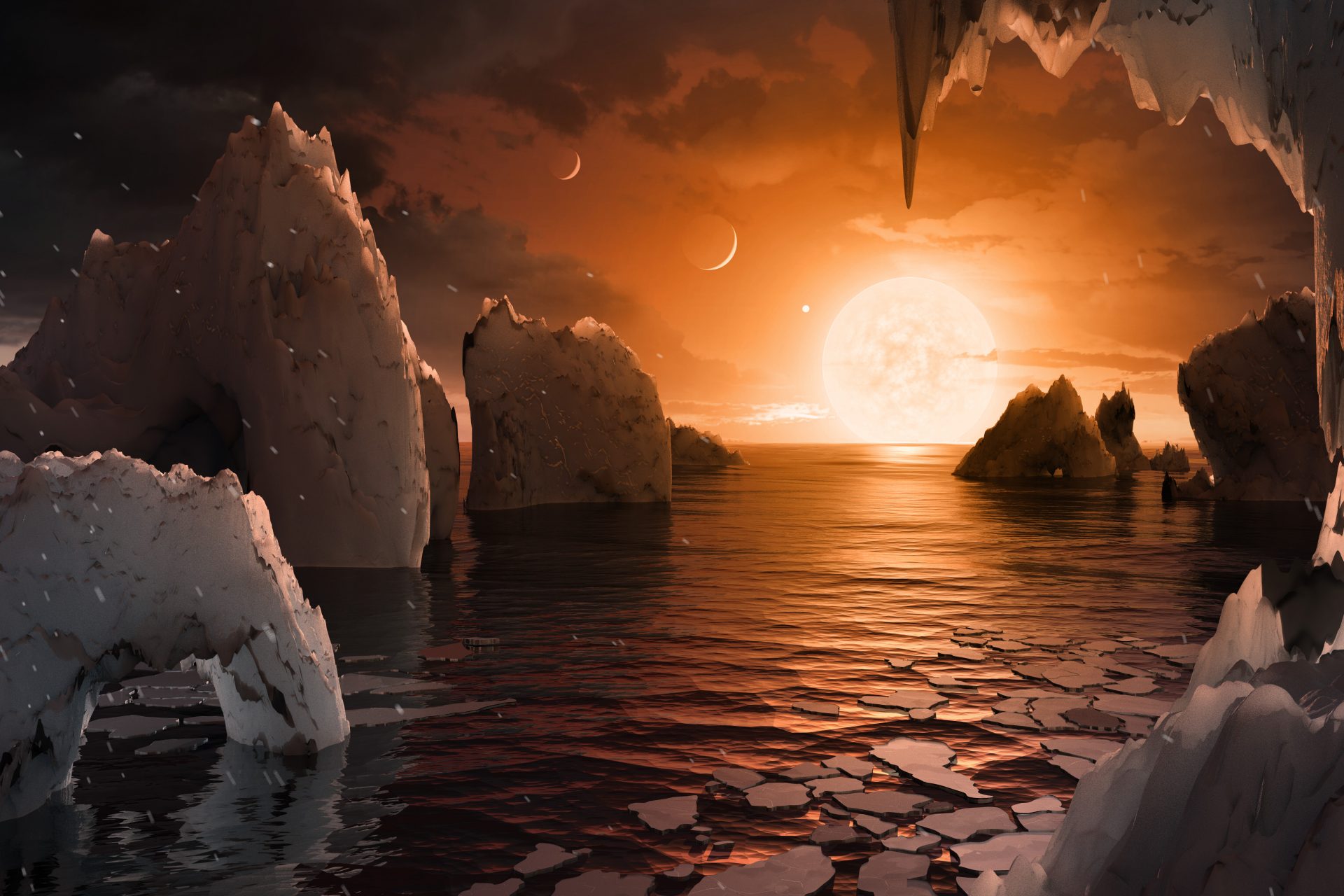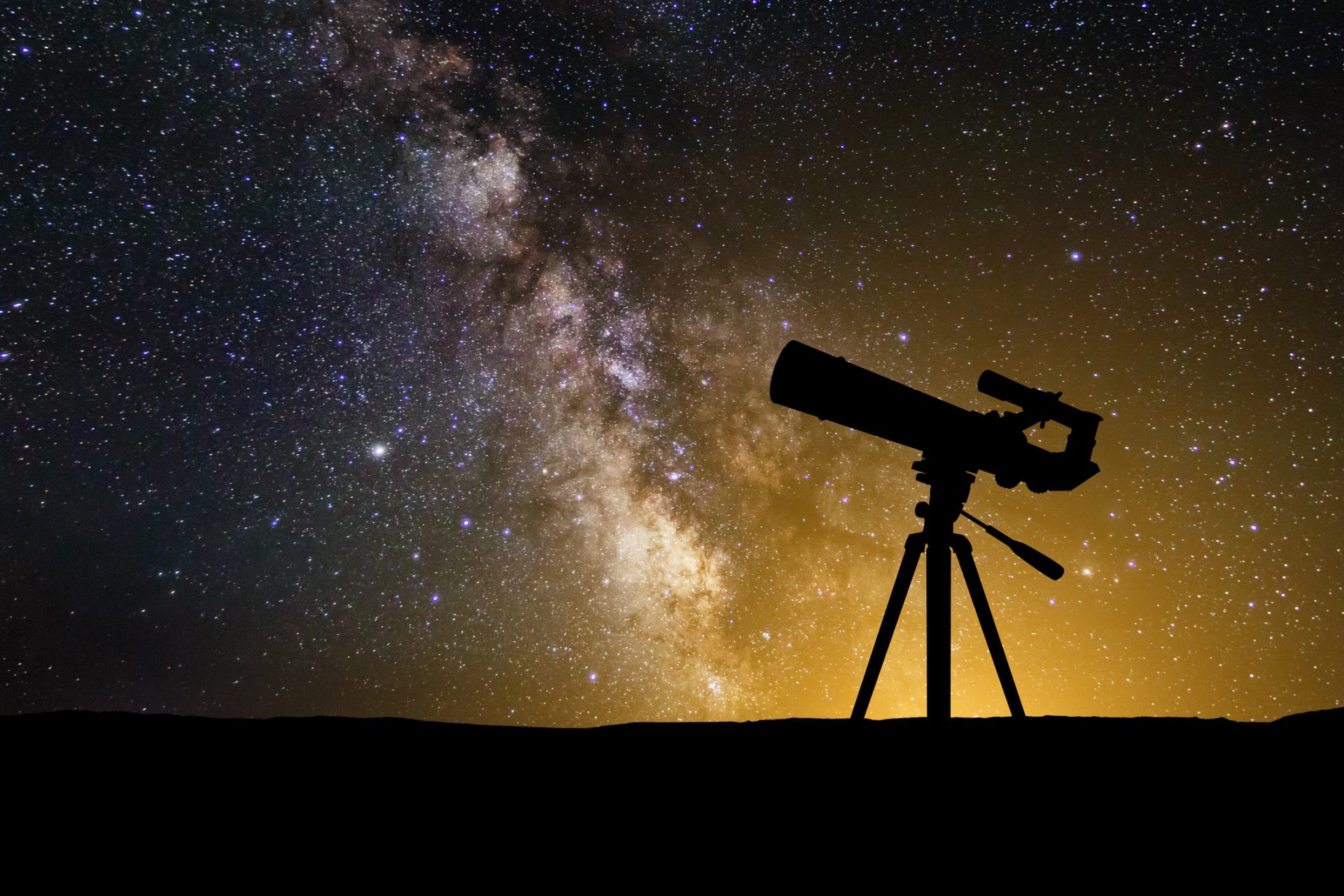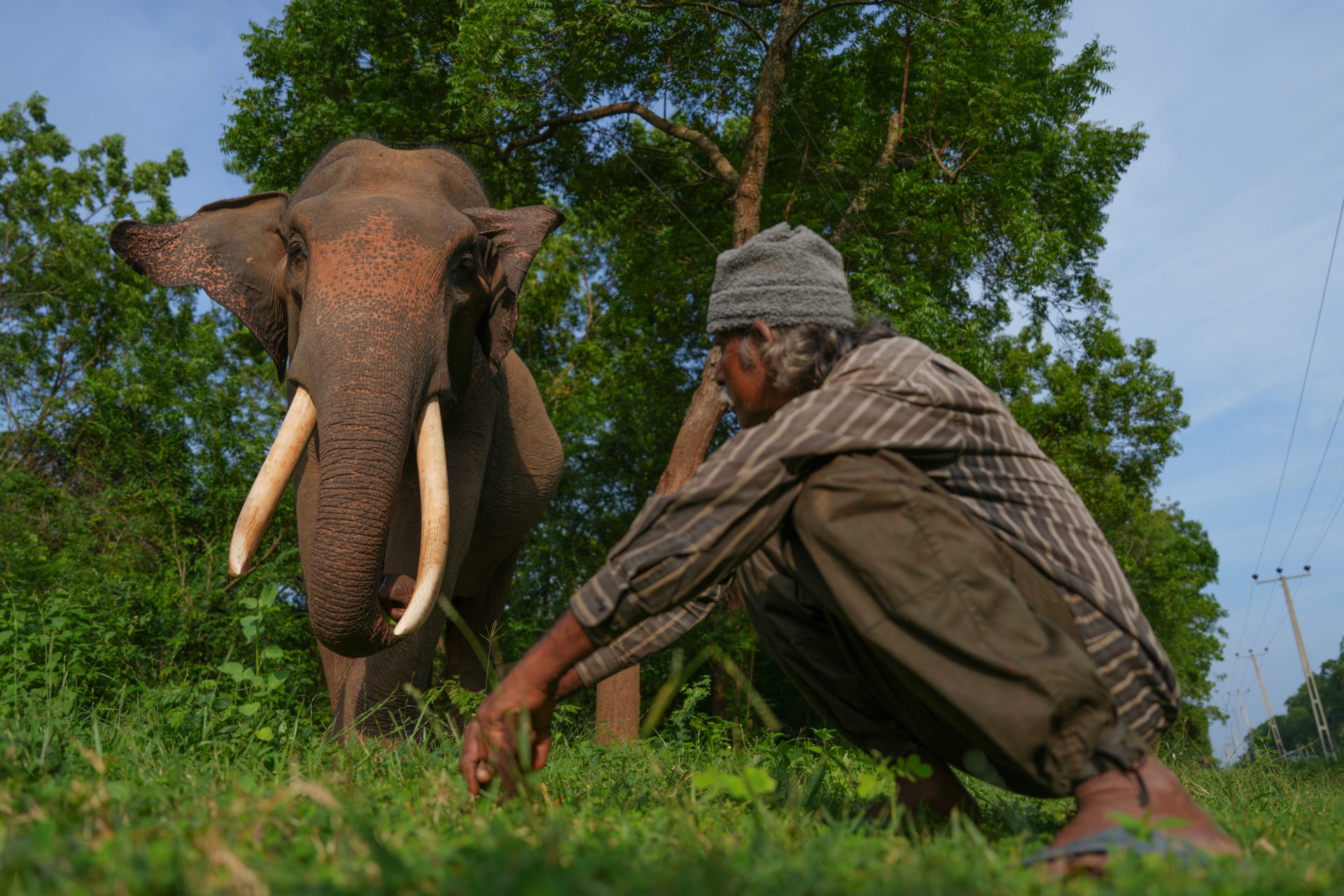Scientists discover a ‘tiny Earth’ five light-years away from our planet
Space holds many secrets, but the more we look at it, we not only know it a little bit more but also understand how vast its mysteries are.
The website Science Alert reported that astronomers have discovered that one of the stars closer to our planet could have its own ‘tiny Earth’.
Barnard’s Star is the fourth-closest star to our sun, and, thanks to its proximity, it has become one of the most observed and studied red dwarfs by scientists.
For many years, there was speculation if Barnard’s Star had any planets orbiting around until 2024, when astronomers could confirm the existence of a close-orbiting sub-Earth.
This ‘tiny Earth’, about 5.96 light-years away, is known as Barnard-b and is estimated to possess about 37% of the mass of the Earth, which is roughly half of the size of Venus.
Science Alert explains that tiny exoplanets are hard to find, but they might hint at Earth-sized planets scattered across the galaxy.
However, as the website Space.com points out, Barnard-b is too close to its sun to be inhabitable, making it unlikely that it has managed to harvest life.
Space.com explains that planets need to be in the “Goldilocks region” in relation to their sun to allow the perfect conditions for life to develop and grow.
The “Goldilocks region” means that a planet is not too hot nor too cold, meaning that liquid water can exist without freezing or boiling.
“Even if the star is about 2,500 degrees cooler than our sun, it is too hot to maintain liquid water on the surface”, declared Jonay González, from the Instituto de Astrofísica de Canarias in Spain and cited by Space.com.
Nonetheless, astronomers don’t lose hope of finding an Earth-like planet somewhere, out in space.
More for you
Top Stories



